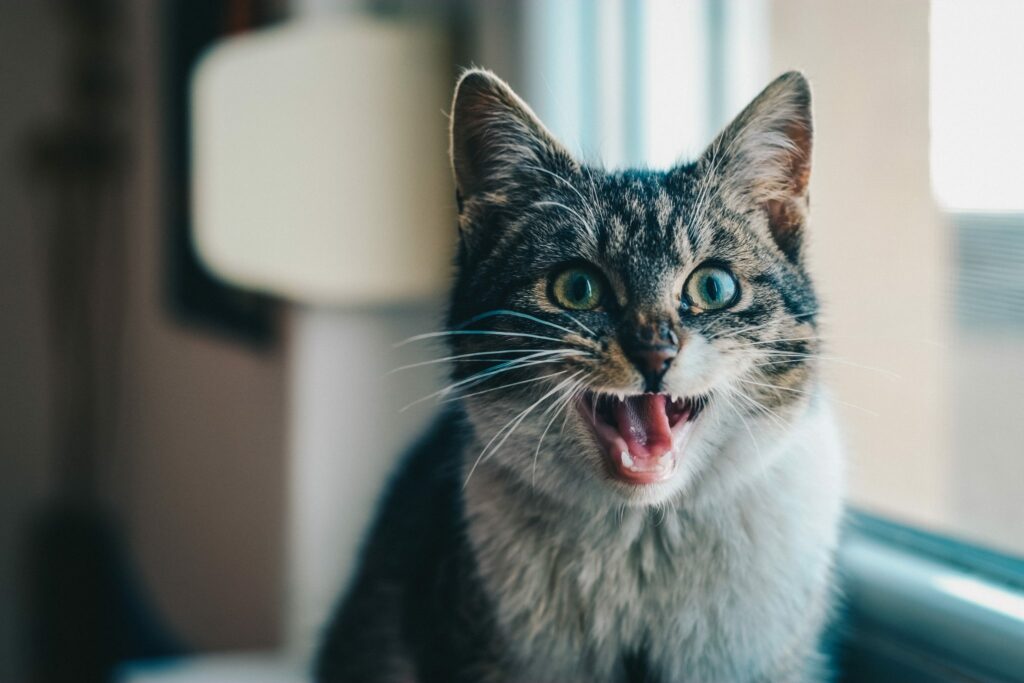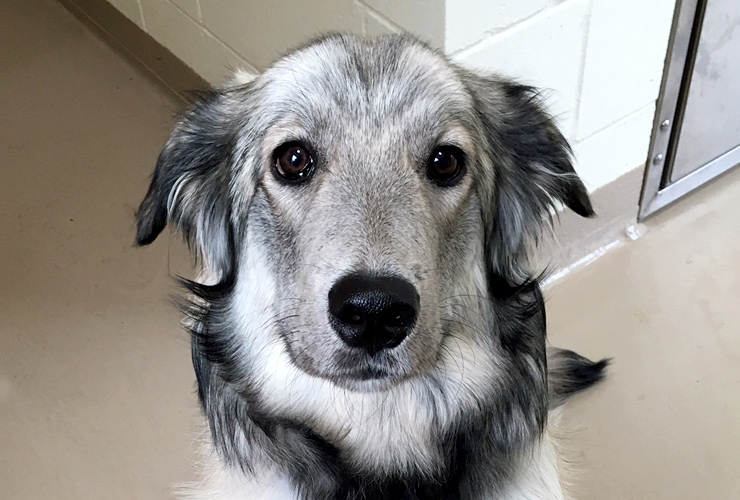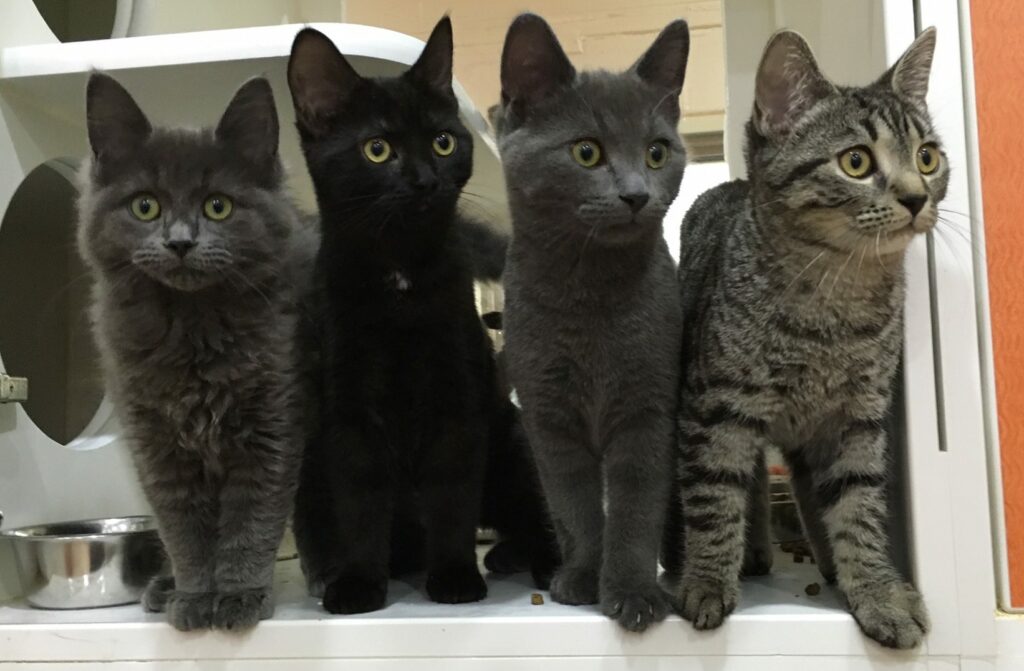Anxiety is also present in our canine and feline friends!
By Patricia Durocher • 30 April 2019
Anxiety is very common these days!
Many animals experience anxiety when they arrive at the shelter. In a matter of moments, these animals lose all their bearings: environment, people, routine, etc. Here are some signs of anxiety:
- Excessive barking or meowing
- Destructive behavior in dogs
- Self-harm
- Remains motionless, hides or flees on contact
- Diarrhea
- Rapid breathing
- Loss of appetite
- Walking up and down in dogs
- Overproduction of drool in dogs
- Cat cleanliness
It’s our job to make them comfortable by establishing a bond of trust with these animals and enriching their environment: frequent outings, toys, medication, a calm environment with a hiding place, relaxing music, etc.
When customers want to adopt an anxious pet, they should expect an adaptation period of several days to several weeks to establish a new routine and new points of reference. The key to success is patience! You need to go at the animal’s pace and not rush it into new experiences. Here are some easy tips to help anxious pets:
- When an animal seems anxious, it’s important to act normally and remain calm, to show the animal that there’s no reason to be afraid. Avoid comforting the animal.
- For dogs, it’s important to socialize them from an early age, getting them used to different situations, environments, noises and people.
- Expend your pet’s energy with exercises and games
- For the cat, you can provide cat trees, wall shelves and hiding places for rest and observation.
- Avoid punishing your pet when it shows symptoms of stress, as this will only increase its anxiety.
Since signs of anxiety can resemble symptoms of illness, we urge you to consult a veterinarian first. Once the medical cause has been ruled out, we invite customers to consult a canine or feline educator to guide them in the steps they can take to reduce their pet’s anxiety.
A little advice for owners of anxious pets: be zen yourself if you want to help your pet calm down 😉
________
Patricia Durocher, Citizen Relations Officer.
A trained animal health technician, I’m passionate about animals of all kinds, and I’m delighted to share my passion with you.
Animauxrive-sud.com





Leave a Reply